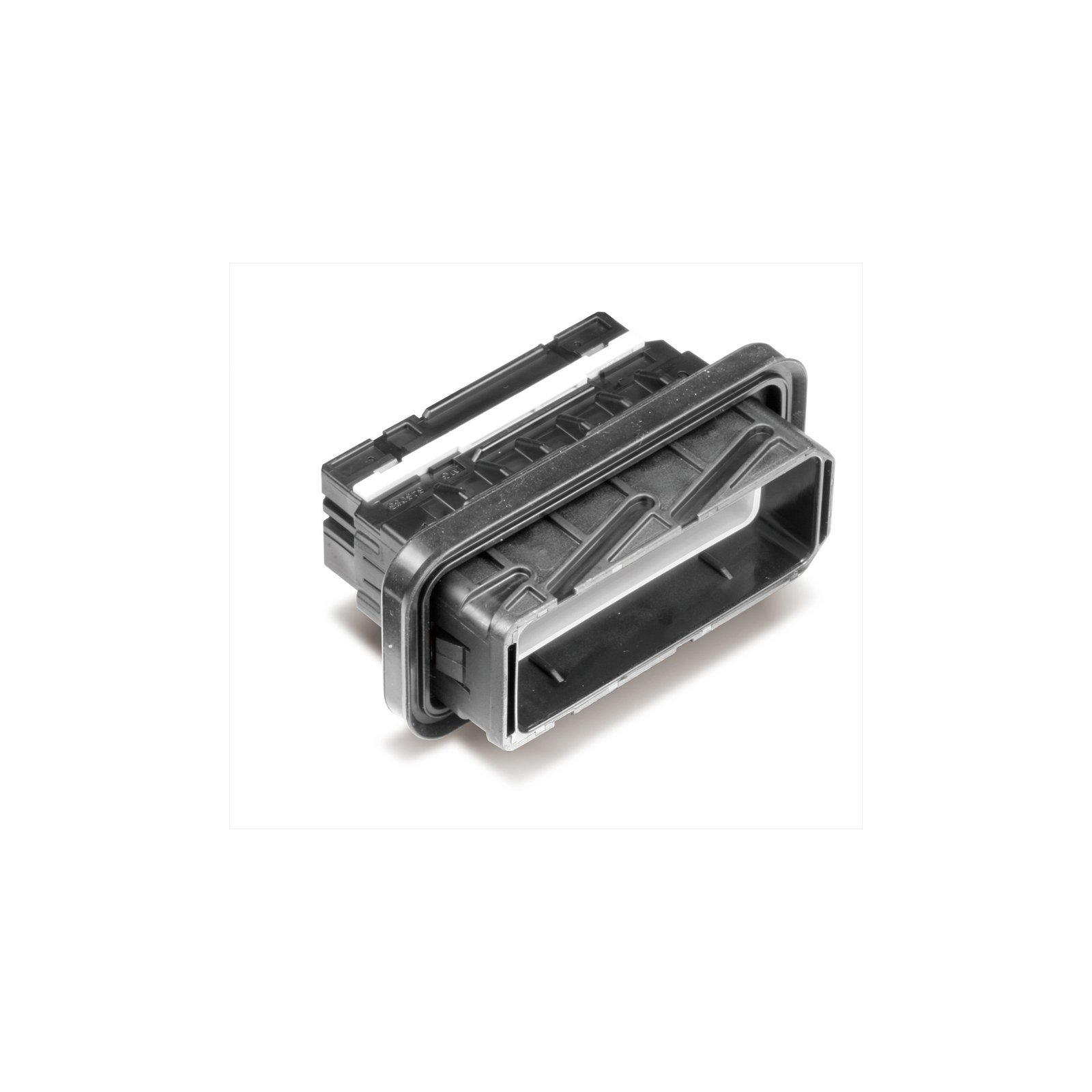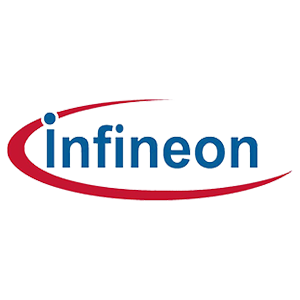In modern electronics, connectors play a crucial role in facilitating electrical signal transmission and interconnection between modules. FFSD (Flat Flexible Shielded Data) and PCB (Printed Circuit Board) connectors are two commonly used types, each with unique characteristics in terms of structure, functionality, performance, and applications. This article delves into the differences between FFSD and PCB connectors to provide a comprehensive understanding of their use and selection criteria.
Introduction to FFSD Connectors
FFSD connectors are used for flexible connections with shielded flat cables. They are suitable for connecting flexible flat cables (FFC/FPC) and flexible printed circuits (FPC) in environments that require high interference resistance and compact design. FFSD cables are typically made of flexible, bend-resistant materials, with a shielding layer on the surface to reduce electromagnetic interference (EMI) in high-frequency environments.
1. Structural Characteristics
An FFSD connector mainly consists of flexible cables and plugs. FFSD cables are usually covered with a shielding layer to enhance EMI resistance. The connectors are designed with plug-in or clip mechanisms for quick internal device connections.
2. Primary Functions
FFSD connectors primarily facilitate flexible internal connections, especially suitable for devices requiring high interference resistance, such as in high-frequency signal transmission scenarios. FFSD cables offer good flexibility, allowing complex routing in compact spaces through folding and bending.
3. Application Scenarios
FFSD connectors are commonly used in portable or small electronic devices where frequent bending or movement is required. Examples include:
- Laptops: Connecting screens to motherboards.
- Tablets and smartphones: Transmitting signals between camera modules and motherboards.
- Wearable devices: Connections in flexible circuit boards within devices like smartwatches.
Introduction to PCB Connectors
PCB connectors are rigid connectors used to attach cables, components, or circuit modules to printed circuit boards (PCBs). Compared to FFSD connectors, PCB connectors are structurally robust, capable of withstanding harsh environments, and suitable for high current or complex signal transmission.
1. Structural Characteristics
PCB connectors are typically made from rigid materials (e.g., glass-fiber epoxy) to provide high mechanical stability. They can be attached through soldering, plug-in, or board-to-board connections to ensure solid, long-lasting links. The contact points are usually copper or gold-plated to enhance conductivity and resist oxidation.
2. Primary Functions
The primary function of PCB connectors is to establish reliable connections between circuit boards, modules, and other electrical components. Their rigid structure allows them to handle high current and signal loads, ensuring stable electrical performance. PCB connectors are often used in applications that require long-term, reliable operation and high durability.
3. Application Scenarios
PCB connectors are widely used in various electronic and industrial devices, especially in scenarios that demand high stability and load capacity. Examples include:
- Computer motherboards: Connections between the CPU, graphics card, memory modules, and other components.
- Home appliances: Internal connections in devices such as TVs, refrigerators, and washing machines.
- Industrial control equipment: Used for interconnections between complex circuit boards in automation and industrial control systems to ensure long-term stability.
Comparison of FFSD and PCB Connectors
| Aspect | FFSD Connector | PCB Connector |
| Structure Design | Flexible cable, shielding layer, plug-in design | Rigid material, usually soldered or plugged |
| Interference Resistance | Strong, suitable for high-frequency signal transmission | Dependent on materials and contacts, good EMI resistance |
| Mechanical Strength | Moderate, ideal for flexible connections | High, suitable for high-stress environments |
| Electrical Performance | Suitable for low current and mid-frequency signals | Suitable for high current and complex signal transmission |
| Application Scenarios | Portable devices, internal connections for cameras and displays | Computers, industrial control systems, large electrical systems |
Key Factors for Choosing FFSD and PCB Connectors
When selecting between FFSD and PCB connectors, consider the following key factors:
- Mechanical Requirements: If the device requires flexibility and frequent bending, FFSD connectors are preferable. For environments that require high mechanical stability and long-term durability, PCB connectors are more suitable.
- Signal and Current Requirements: PCB connectors are ideal for high current and complex signal transmission, while FFSD connectors are better suited for low current and mid-frequency signals.
- Interference Resistance Needs: For devices operating in high-frequency environments with EMI resistance requirements, FFSD connectors provide shielding. PCB connectors are typically used in environments with lower interference.
Conclusion
As essential components in electronic devices, FFSD and PCB connectors each have unique characteristics in terms of structure, function, and application. FFSD connectors are more suitable for lightweight, flexible applications with high-frequency and EMI resistance needs. PCB connectors, known for their mechanical strength and electrical stability, are widely used in industrial and consumer electronics requiring high power and complex signal transmission. Choosing the right connector type can significantly improve the performance and reliability of electronic products.
























